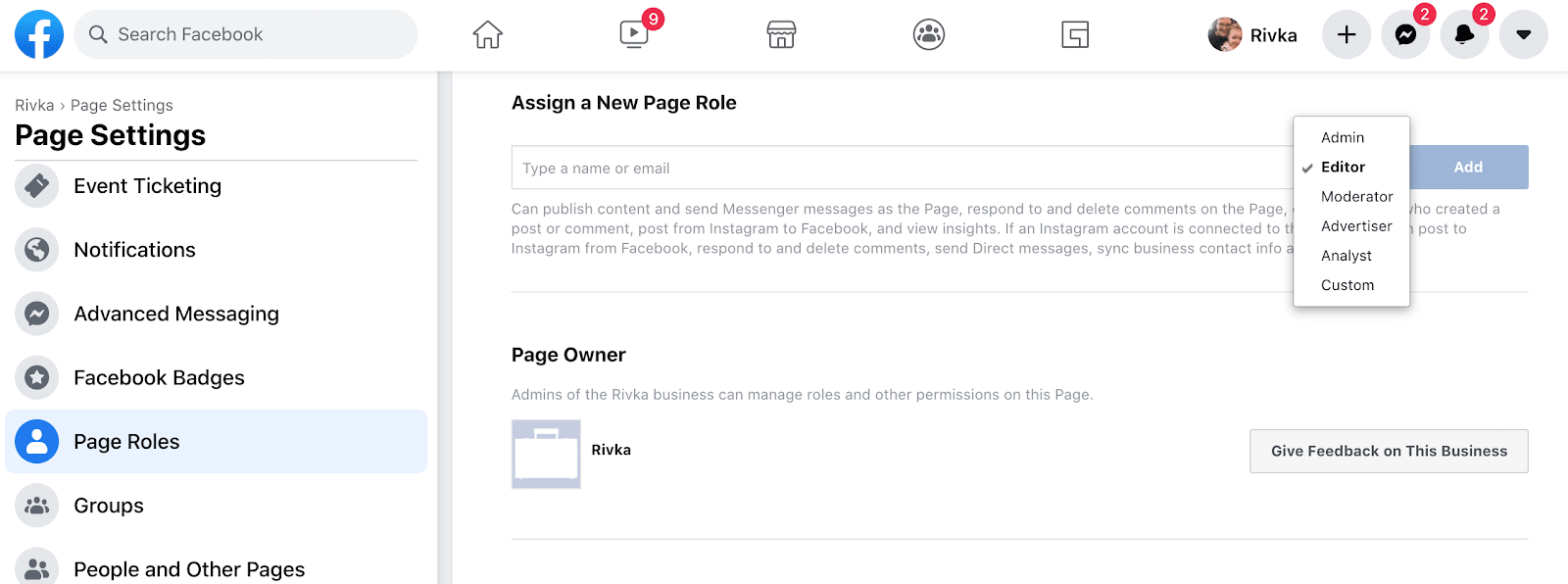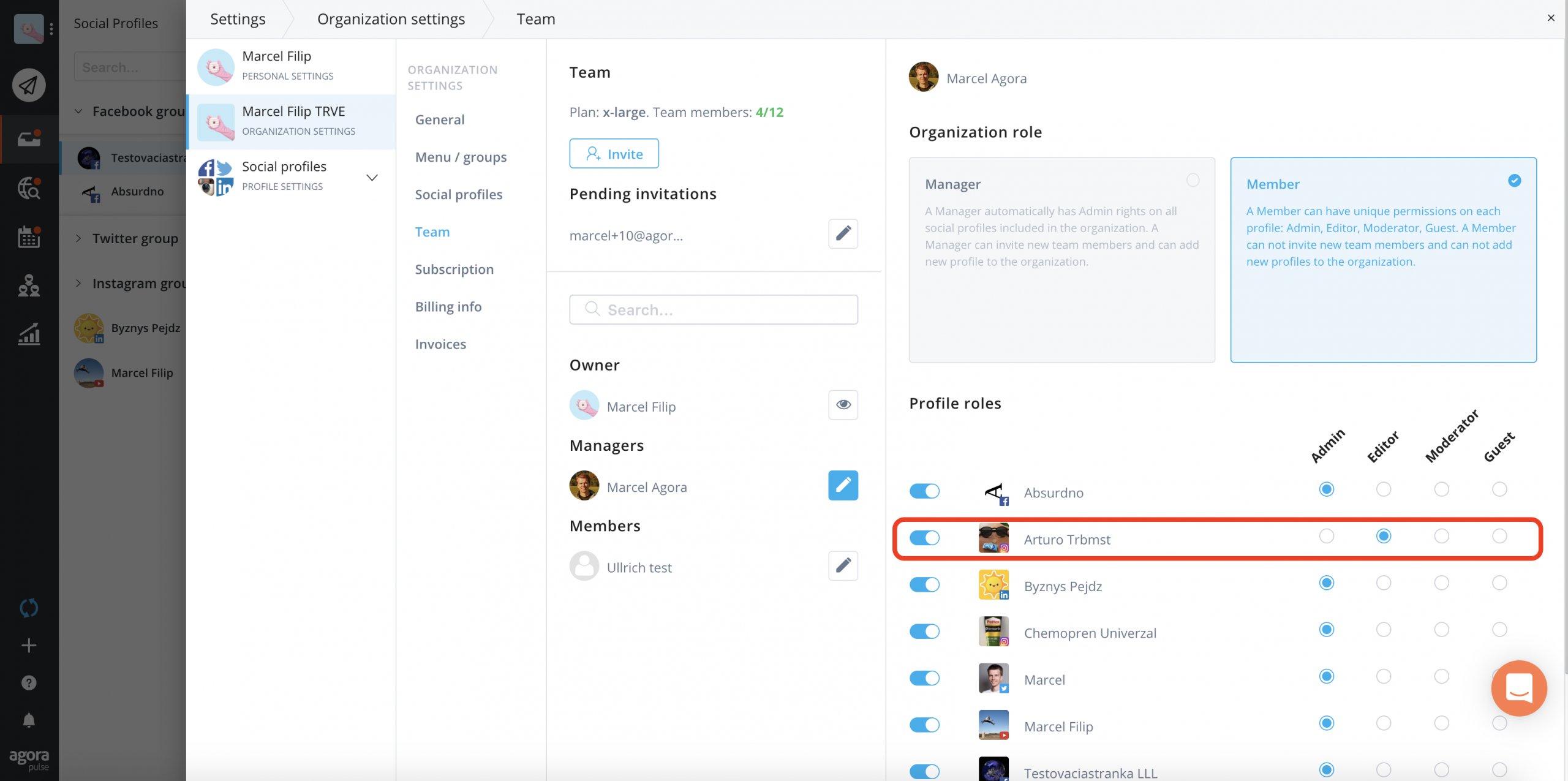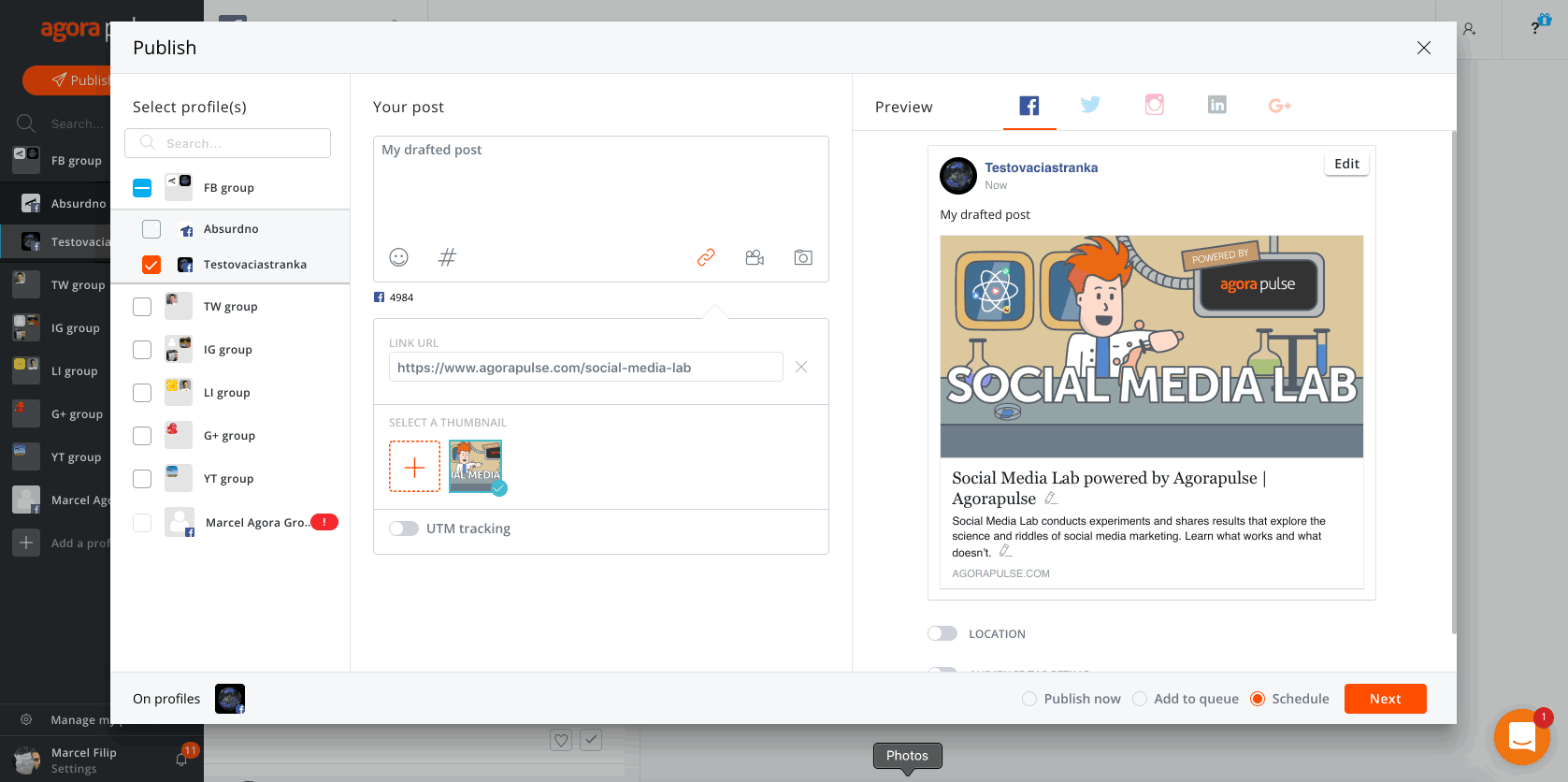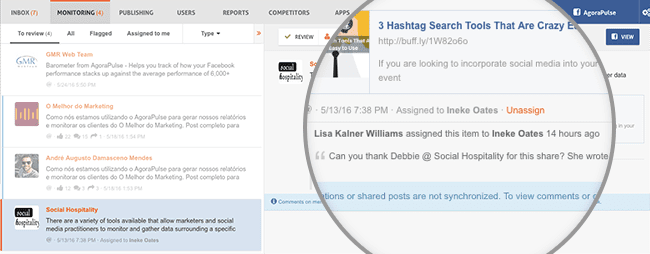If your business or agency or doesn’t yet have a social media policy, it’s time to build one. Here are tips to make your policy ironclad.
Creating an official social media policy is always a good idea. If there is more than one person on your team involved in your social media accounts, such a policy is essential.
Discussions about creating a social media policy often focus on preventing major social media fails. Granted, failures like this can hurt a company image in drastic (and sometimes irreparable) ways.
But a good social media policy will go beyond simply preventing disaster.
Why You Need to Create a Social Media Policy
Consistent social media that employs an excellent social media policy leads to measurable results in a company’s revenue. Even if you are a solopreneur, putting thought into a social media policy will help you to think through your brand in an intentional way and to be ready to hire when the time comes.
What is a social media policy?
First, let’s define a social media policy. A social media policy is an organization’s document that defines how its employees must conduct themselves online.
Reasons for a social media policy
Invest the time in creating one to:
- Improve company productivity
- Increase conversion from your content
- Coordinate communication between members of your team
- Ensure your branding is consistent
- Communicate clear expectations within your team
- Set your business apart from the competition
- Respond more efficiently and effectively to customers through social media
Let’s talk about some important considerations here.
Who Are the Stakeholders in Your Social Media Policy?
Before you can create a social media policy, think about who should be involved in the conversation.
Who should have a seat at the table? Who is the final decision maker?
Often, a policy is created in boardrooms and executive meetings. Or even behind closed doors with a legal team.
Though doing so may help in a lawsuit or look good on paper, it will do nothing to create a space where amazing social media can happen.
If you want all the benefits of a social media policy, it needs to connect directly with the people implementing it.
Questions to consider
Before you write a solid social media policy, understand the perspectives and needs of its stakeholders.
For example:
- Who are the people that will be doing social media every day? Do you have a single department for this? Are the people who do social media also responsible for other tasks?
- What other departments may intersect with social media campaigns?
For example:
Marketing teams outside of social
Salespeople/account managers
Customer service
Graphics and design teams
Website creation/management team - What other departments have information that may be useful to social media?
For example:
Product development may be able to share sneak peeks of new products.
Quality control might be able to give a heads up of possible consumer concerns.
Executive departments can help set the direction of the overall communication.
Human Resources could share when hiring or how the company honors employees.
As you can see, even if social media is its own department, it connects with virtually every part of a business.
How to gather information
Anyone who has ever planned a large meeting knows that it can sometimes stop work from getting done when too many voices are talking at once. So, you might want to consider other methods of collecting information.
Once you know who is involved (or should be involved) in social media policy, you can choose from a lot of ways to gather their input, such as:
- Send out a survey.
- Have someone on the social media team interview its members to get their feedback.
- Create smaller workgroups for each piece of the social media policy.
Components of a Social Media Policy
Now that you have input from all your internal stakeholders, how do you create a policy that works?
Some key must-haves of every social media policy include answers to these questions:
- Who has what permissions on social media?
- How will everyone stay up to date on changes?
- What are your branding and voice guidelines?
- Where will you build a social media presence and how will you evaluate new opportunities?
- How will you measure your success and improve your processes?
- What will you do in the event of an emergency?
- What tools will you use to manage your social media?
- Which information is confidential and what should be shared?
You may find that you need to add additional sections for your own unique organization and goals.
Taking the time now to create a policy will avoid hours of lost time later when employees struggle to find guidelines, make decisions, and take action.
Who Has Permission for What?
Just because someone has a saved seat in the car for your road trip does not mean the person should be given the keys to drive.
The same is true on social media.
Though you do want the input of all parts of your business in your social media policy planning, you don’t want every person in the company to have the Twitter password. (You really shouldn’t be shared passwords for your social media.)
On each platform know what your options are for administrative access. Use your social media policy to clearly delineate what permissions are appropriate for each person on your social media team.
For example, on Facebook, permissions range from an “Analyst” who can only view statistics, to an “Admin” who has full access and can add other administrators. An “Admin” can even delete the whole page.
Find out what each person on the social media team needs to do their job well … then fit their access accordingly. This step alone can solve a multitude of problems.
(By the way, Agorapulse allows users to get even more specific with page roles with the power to create custom roles, custom permissions, and assignments for all your team members.)
You can also use a tool like Agorapulse to add additional team members who can add a post and assign it to part of the social media team for approval.
This can be especially helpful if you have several locations or remote team members. They may be able to snap a picture of something that would make a great social media post.
Rather than this getting lost in endless emails, it can go directly into the social media queue while leaving final creative control with the team managing the social media directly.
On the other hand, a social media platform like Twitter only has a single username and password access point. No wonder so many problems happen on this platform when a social media policy is not put in place.
How Is Social Media Training Managed?
Make sure your training includes information about new aspects of social media itself. Employees need to understand the nuances and best practices of each individual platform (like correct use of hashtags) but also think outside the social media box.
For example, when your company does sensitivity training or sexual harassment training, ask if it has a social media component. If not, add it.
Do you have expectations for employees about how they manage their personal social media accounts? That may seem like it is outside the bounds of what is appropriate because employees may list their job on their personal social media …
But this can still result in unwanted attention to you and your business if they post something inappropriate.
Definitely involve Human Resources in this part of the conversation!
What Are Your Brand and Voice Guidelines?
Building your own unique brand and voice on social media is a constant effort. And it can be undermined by the careless use of social media.
Don’t make your team guess about what they should do.
Cover this in-depth in your social media policy.
Some questions to answer
- How should your social media team source its images?
- How and when should your business name and logo be used?
- What are your brand colors? What complementary colors are good to use?
- What font family should your social media posts use?
- How should quotes be attributed? What due diligence should be done about sourcing quotes and other outside material?
- When and how are emojis or informal speech allowed?
- What slang terms are OK (or not OK) to use?
- Who is the intended audience for your social media? How does that impact your content?
- Do employees need to sign off with their name when they respond to comments or messages?
- Should social media posts primarily use photos, non-photo images, or a combination of both?
- When does the branding team need to be involved?
- Who is responsible for regular audits of your social media to keep the branding up to date?
Providing clear guidelines in this area will help provide continuity to your social media even as individual staff members move around or change.

Make sure you have the best communication tools for your company. They shouldn’t be as outdated as the above phones!
What Tools Can You Use to Improve Internal Communication?
One of the most important ways to turn social media fans into customers is to respond quickly and with the information they need.
With multiple social media accounts and several people managing all the activity, too often things can get missed.
So, you need to determine the process for making sure the right person sees the right messages. That can be the difference between gaining a loyal customer and losing a sale.
Don’t leave this piece to chance.
Take advantage of technology to help improve communication inside the team.
For example, Agorapulse allows you to assign any message in your account (whether that be a direct message, or simply a mention or search result) to any manager on your team. You can even include a comment, giving you the chance to pass on an idea, question, or reminder.
Who Will Track Results and Make Recommendations?
Finally, build a system of review and updates into your social media policy.
You don’t want to discover that an employee fired three months ago still has the rights to delete your Facebook page after the fact.
The key parts of a review are:
- Tracking results from social media efforts compared to goals
- Making sure that permissions and responsibilities are up to date
- Branding is up to date and social media accounts are updated with new features
- Adjustments are made to improve conversion and performance
Again, using tools will help with this considerably. A good place to start is the reports section in Agorapulse that will allow you to do a deep dive into your social media results. Make sure one person is assigned to reviewing and distributing the reports on a regular basis, along with checking users and permissions.
* * *
Get started on saving time and energy on your own social media management! Check out our free trial of Agorapulse to help you schedule, track, and measure all your social media efforts.










